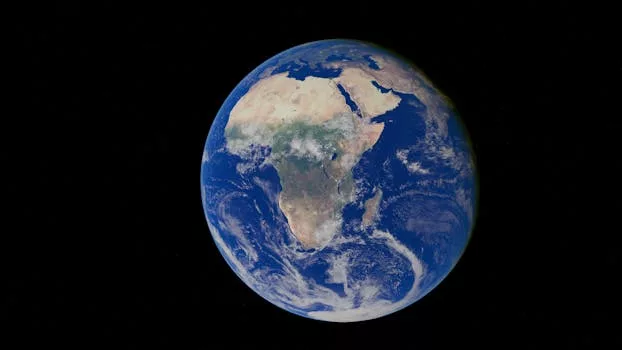
“
From Stardust to Dreams: Imagining Life Beyond the Stars
Introduction to the Cosmos
From Stardust to Dreams: Imagining Life Beyond the Stars is a journey through the vast expanse of space, exploring the mysteries of the universe and the possibility of life beyond our planet. The stars have always fascinated humans, with their twinkling lights and immense distances. As we continue to explore and understand the cosmos, we are forced to ask the question: are we alone in the universe? The answer to this question has puzzled scientists and philosophers for centuries, and it is a topic that continues to spark debate and ignite our imagination. For more insights, check out our WordPress SEO Guide.
The Building Blocks of Life
The universe is made up of billions of galaxies, each containing billions of stars. These stars are the building blocks of life, providing the necessary energy and elements for life to emerge. The process of star formation is complex, involving the collapse of giant molecular clouds and the ignition of nuclear fusion. As stars age, they create heavy elements through nuclear reactions, which are then dispersed into space when the star dies. These elements are the raw materials for life, and they can be found in the planets and moons that orbit the stars. To dive deeper into the concept of life in the universe, explore Beyond the Milky Way.
Exploring the Galaxy
Our galaxy, the Milky Way, is just one of billions in the universe. It is a barred spiral galaxy, containing hundreds of billions of stars and various types of interstellar gas and dust. The galaxy is thought to have formed around 13.6 billion years ago, during the early days of the universe. Since then, it has undergone numerous mergers and interactions with other galaxies, shaping its structure and evolution. The Milky Way is also home to a variety of celestial objects, including planets, asteroids, comets, and black holes. For a creative take on the cosmos, check out Charting New Realms.
Imagining Life Beyond Earth
As we explore the galaxy, we are forced to consider the possibility of life beyond Earth. The discovery of exoplanets, which are planets that orbit stars other than the Sun, has revealed that planets are common in the universe. Some of these exoplanets are similar in size and composition to Earth, and they may have conditions suitable for life. The search for life beyond Earth is an active area of research, with scientists using a variety of methods to detect biosignatures, such as the presence of oxygen or methane in a planet’s atmosphere.
Conclusion and Takeaways
In conclusion, the universe is a vast and wondrous place, full of mysteries waiting to be uncovered. As we continue to explore and understand the cosmos, we are forced to ask the question: are we alone in the universe? The possibility of life beyond Earth is a tantalizing one, and it is a topic that continues to spark debate and ignite our imagination. Some key takeaways from this journey include:
- The universe is made up of billions of galaxies, each containing billions of stars.
- Stars are the building blocks of life, providing the necessary energy and elements for life to emerge.
- The galaxy is thought to have formed around 13.6 billion years ago, during the early days of the universe.
- The search for life beyond Earth is an active area of research, with scientists using a variety of methods to detect biosignatures.





